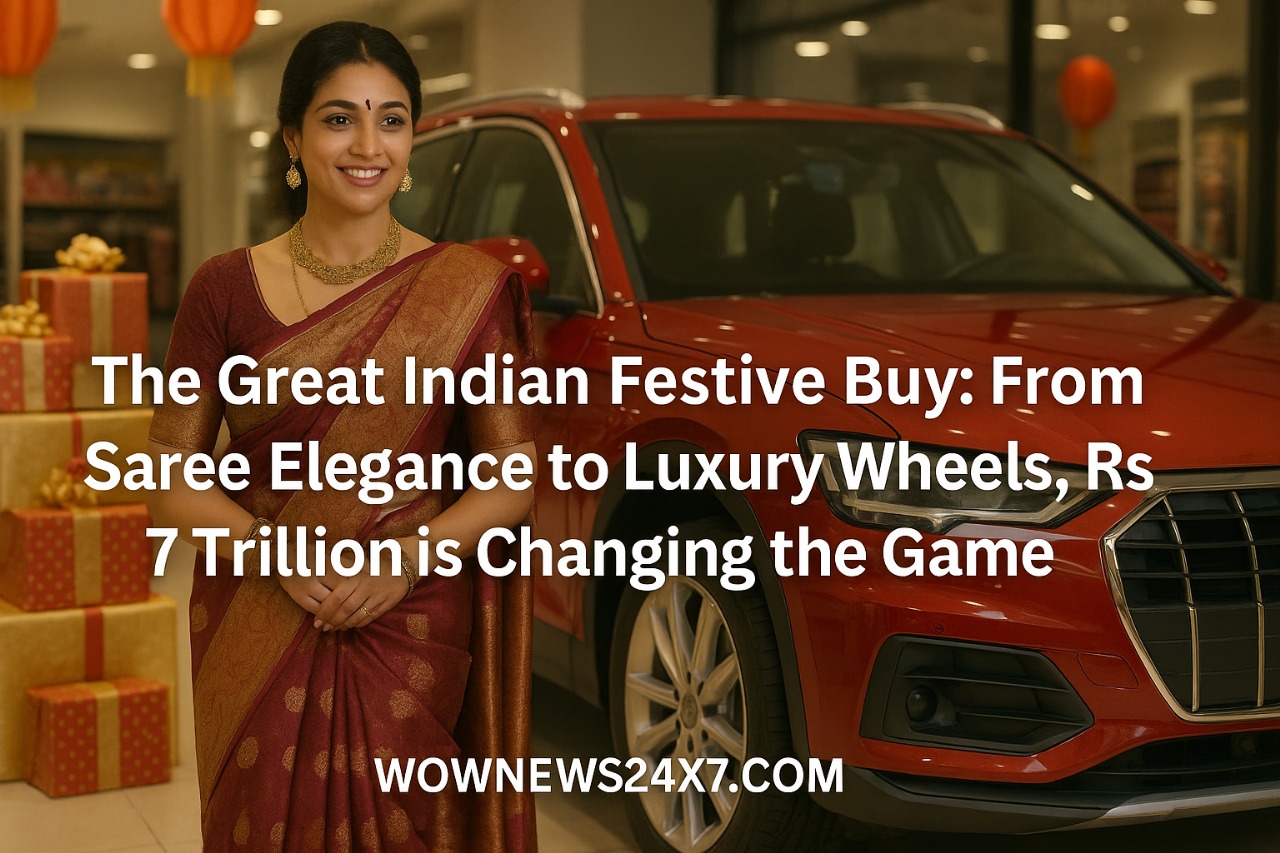India’s 2025 festive season is set to generate a staggering Rs 7 trillion in consumer spending, driven by GST cuts, rising digital payments, and booming demand for automobiles, electronics, and traditional goods. This consumption wave is fueling GDP growth and transforming rural and urban markets alike during the festivities.
India’s 2025 festive season is witnessing an unprecedented spending surge, with consumer expenditure projected to surpass Rs 7 trillion, according to industry estimates and government data. This economic boom spans from sarees and traditional decor items to SUVs and premium electronics, marking a broad-based uplift driven by positive consumer sentiment and strategic government incentives.
The recent reduction in Goods and Services Tax (GST) rates has played a pivotal role in revitalizing demand across sectors, making high-value purchases more affordable. Digital payments have skyrocketed, with volumes increasing tenfold as the ease and adoption of fintech solutions spread even to tier-2 and tier-3 cities. The automobile sector leads this surge, with mid-size SUVs and hybrid vehicles in high demand, spurred by GST benefits and manufacturer offers.
Traditional categories such as ethnic apparel, sweets, clay diyas, and festive decorations continue to see strong traction, reflecting deep-rooted cultural behaviors. Small and medium enterprises, particularly in smaller cities, are benefiting from this robust demand, highlighting the festival’s inclusive economic impact. Meanwhile, electronics, jewellery, and real estate also exhibit significant growth, contributing to this multi-sector boom.
As consumer behaviour evolves, premiumisation and conscious spending are emerging trends, with buyers opting for quality and value. The festive window extends beyond immediate purchases, stimulating related sectors like logistics, credit, and digital infrastructure, creating a ripple effect throughout the economy.
Notable Updates:
Rs 7 trillion+ estimated festive and wedding season spending in 2025, up sharply from previous years.
GST cuts (28% to 18%) on small cars and goods fuel major surges in vehicle sales and electronics purchases.
Digital payments explode, recording a tenfold increase and deeper penetration in non-metro markets.
Automobiles, especially mid-size SUVs and hybrids, witness 20-30% volume growth in key urban and rural centers.
Traditional goods like sarees, diyas, sweets, and decorations enjoy strong demand driven by customs and rural harvest income.
E-commerce platforms see record customer visits, boosting online festive shopping’s share of total sales.
Premiumisation trend grows, with consumers seeking quality and value amid rising disposable incomes.
Positive sentiment benefits linked sectors—logistics, credit, fintech—strengthening the festive economic ecosystem.
India’s Rs 7 trillion festive boom is not just a seasonal phenomenon but emblematic of broader economic resilience and growth, reflecting both urban aspirations and rural vitality.
Sources: Times Now News, Business Standard, Economic Times, India Today, GST Press.

